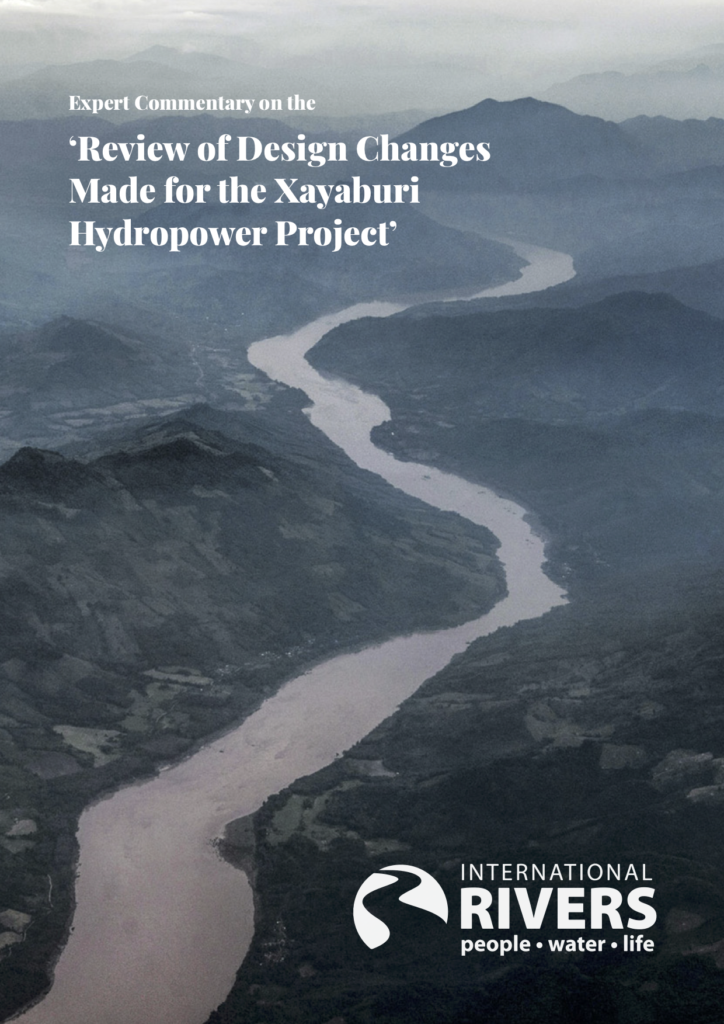Freshwater biodiversity is in a state of crisis due to large dams, water diversions and pollution.
In the last forty years, freshwater species have lost, on average, over 80% of their populations; they’re declining twice as fast as land and marine species.
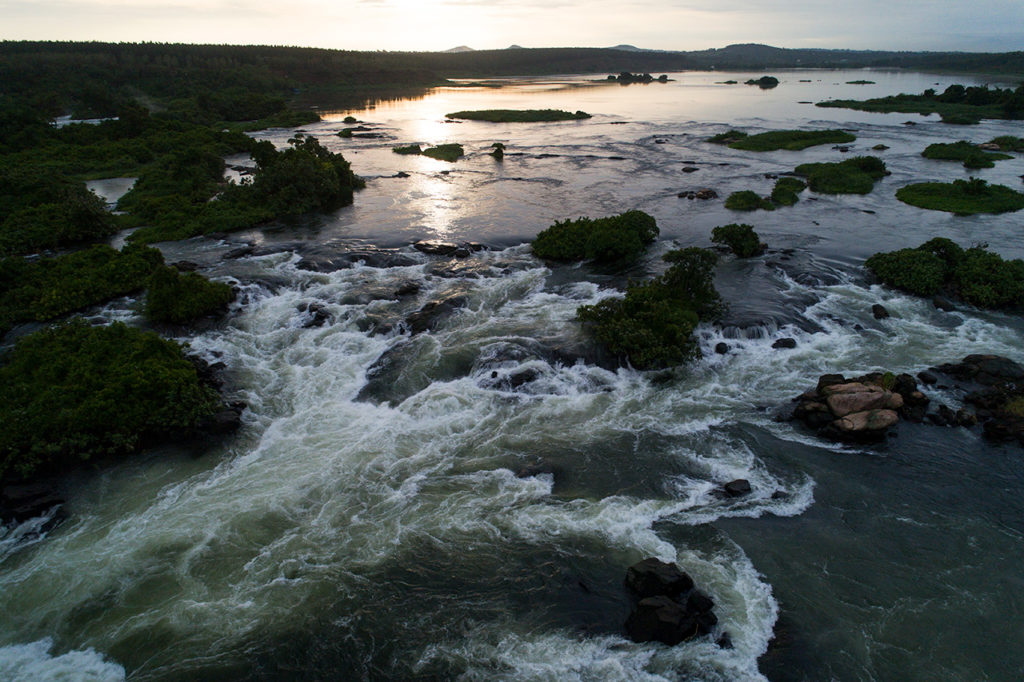
Large dams fragment rivers and habitats, isolating species, interrupting the exchange of nutrients between ecosystems, and cutting off migration routes. They reduce water and sediment flows to downstream habitat, and can decimate a river’s estuary, where many of the world’s fish species spawn. Dams also increase ecosystems’ vulnerability to threats like climate change.
What We Can Do to Protect Freshwater
Free-flowing rivers are the safety net that supports our existence. To reverse the biodiversity crisis, we must stop dam-building and destructive development in biodiversity hotspots, legally protect the most biodiverse rivers from development, and decommission the planet’s most lethal dams.
Related Resources
Since 1970, the global populations of freshwater species have declined by more than 80%. Without immediate action to protect rivers, we’ll lose an immense amount of freshwater biodiversity.
Latest News
- PRESS RELEASE: Breaking News: The Biobío River becomes the first ecosystem in Chile to have a Declaration of Rights
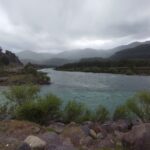 Photos here (credit: Defensa Ambiental) Download the press release here: English Version For Immediate Release September 25, 2024 MEDIA CONTACTS: Isadora Armani, Communications of International Rivers,iarmani@internationalrivers.org (English, Portuguese) Dario Cuellar, … Read more
Photos here (credit: Defensa Ambiental) Download the press release here: English Version For Immediate Release September 25, 2024 MEDIA CONTACTS: Isadora Armani, Communications of International Rivers,iarmani@internationalrivers.org (English, Portuguese) Dario Cuellar, … Read more - Webinar: Operating the Principles for Free-Flowing River Protection, Restoration and Management
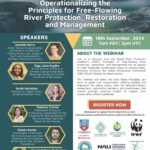 DATE: September 18, 2024 TIME: 7am – 8am MDT (UTC -6) REGISTER: Zoom link for the event Join us to discover how the Global River Protection Coalition’s (GRPC) Principles of Free-flowing … Read more
DATE: September 18, 2024 TIME: 7am – 8am MDT (UTC -6) REGISTER: Zoom link for the event Join us to discover how the Global River Protection Coalition’s (GRPC) Principles of Free-flowing … Read more - PRESS RELEASE | Klamath River Runs Free for First Time in a Century as Largest Dam Removal in US History Nears Completion
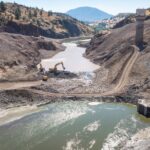 Tribal and conservation advocates celebrate as river is returned to historic channel; restoration activities to continue for several more years FOR IMMEDIATE RELEASE: August 28, 2024 CONTACT Ren Brownell, ren@klamathrenewal.org, KRRC PIO, 530-598-8255Craig … Read more
Tribal and conservation advocates celebrate as river is returned to historic channel; restoration activities to continue for several more years FOR IMMEDIATE RELEASE: August 28, 2024 CONTACT Ren Brownell, ren@klamathrenewal.org, KRRC PIO, 530-598-8255Craig … Read more

